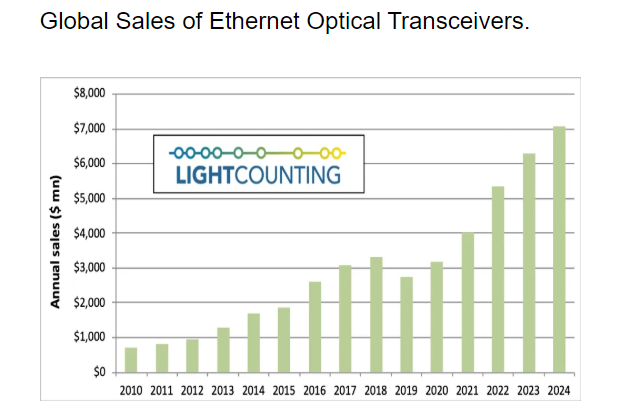At its second annual XDF event in San Jose, California, Xilinx introduced a unified developer software platform to drive applications powered by its programmable silicon.
Xilinx said it spent five years and a total of 1,000 man years to create the new platform, called Vitis (pronounced Vī-tis), which tailors the Xilinx hardware architecture to the software or algorithmic code without the need for hardware expertise.

The Vitis platform was designed to plug into common software developer tools and uses open source libraries. The base layer is the Vitis target platform, which includes a board and preprogrammed I/O. The second layer, called the Vitis core development kit, encompasses the open-source Xilinx runtime library to manage the data movement between different domains, including the subsystems, the AI Engine in the forthcoming Versal ACAP™, as well as an external host, if required. This layer also includes the core development tools such as compilers, analyzers and debuggers. While Xilinx provides a world-class design environment, these tools are designed to integrate seamlessly with industry-standard build systems and development environments. In the third layer are more than 400 optimized and open-source applications across eight Vitis libraries.
"With exponentially increasing compute needs, engineers and scientists are often limited by the fixed nature of silicon," said Victor Peng, president and chief executive officer, Xilinx. "Xilinx has created a singular environment that enables programmers and engineers from all disciplines to co-develop and optimize both their hardware and software, using the tools and frameworks they already know and understand. This means that they can adapt their hardware architecture to their application without the need for new silicon."




















